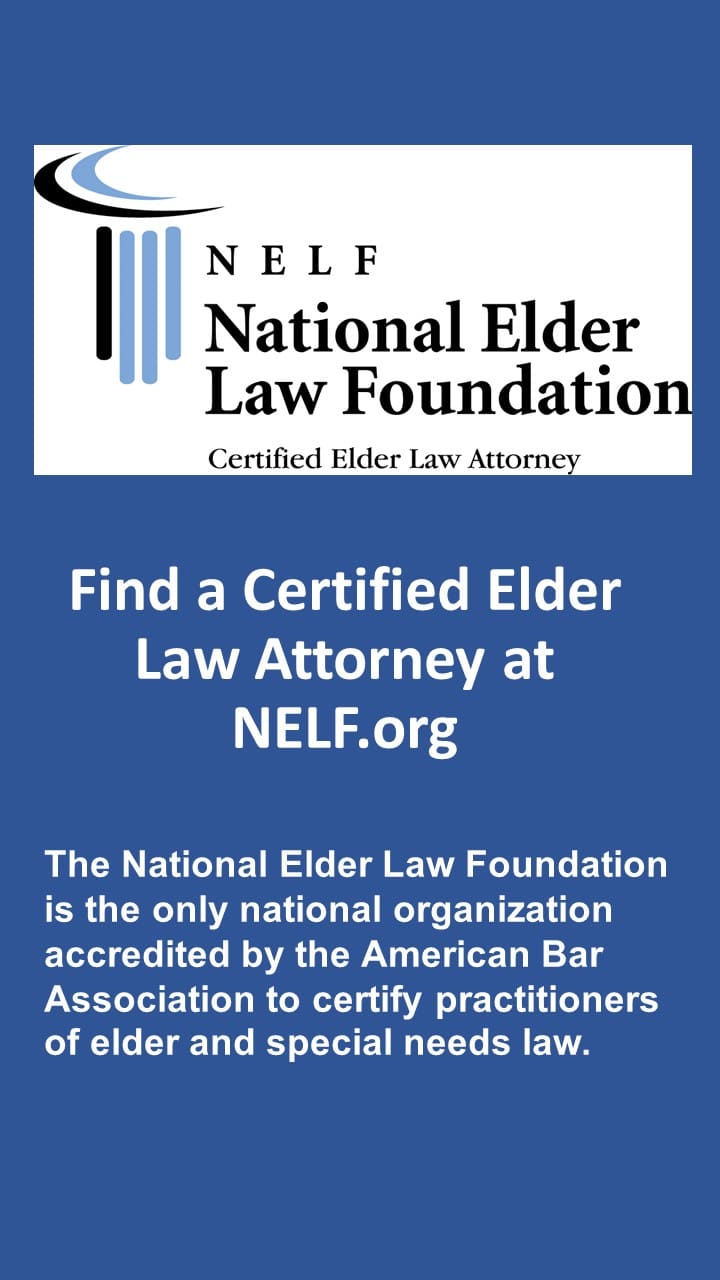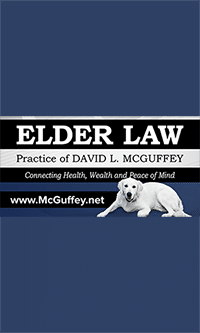On July 19, 2024, the IRS published final regulations regarding required minimum distributions (RMDs) from qualified plans. Required Minimum Distributions (RMDs) are the minimum amounts you must withdraw from your retirement accounts each year. You generally must start taking withdrawals from your traditional IRA, SEP IRA, SIMPLE IRA, and retirement plan accounts when you reach age 72. Beginning in 2023, the SECURE 2.0 Act raised the age that you must begin taking RMDs to age 73.
For defined contribution plan participants or IRA owners who die after December 31, 2019, the entire balance of the deceased participant’s account must be distributed within ten years unless the receipient is an “eligible designated beneficiary.” Exceptions exist for a surviving spouse, a child who has not reached the age of majority, a disabled or chronically ill person, or a person not more than ten years younger than the employee or IRA account owner. The new 10-year rule applies regardless of whether the participant dies before, on, or after the required beginning date.
Amended §§ 1.401(a)(9)-1 through 1.401(a)(9)-9, 1.403(b)-6(e), and 1.408-8 apply for purposes of determining required minimum distributions for calendar years beginning on or after January 1, 2025. Amended § 1.402(c)-2 applies for distributions on or after January 1, 2025. Amended § 54.4974-1 applies for taxable years beginning on or after January 1, 2025.
Applicable Age
The applicable age is when you must begin taking distributions from a tax deferred retirement plan. Prior to passage of the SECURE Act, the applicable age was 70 1/2 (technically, April 1 of the calendar year following the later of the calendar year in which the employee attained 70 1/2). The SECURE Act raised the applicable age to 72. SECURE 2.0 raised it to 73. Section 401(a)(9)(C)(v)(II) provides that in the case of an individual who attains age 74 after December 31, 2032, the applicable age is 75.
Section 401(a)(9)(B)(i) provides that, if the employee dies after distributions have begun, the employee’s remaining interest must be distributed at least as rapidly as under the distribution method used by the employee as of the date of the employee’s death (referred to in this preamble as the “at least as rapidly” rule). Section 401(a)(9)(B)(ii) and (iii) provides that, if the employee dies before required minimum distributions have begun, the employee’s interest must either be: (1) distributed within 5 years after the death of the employee; or (2) distributed (in accordance with regulations) over the life or life expectancy of the designated beneficiary with the distributions generally beginning not later than 1 year after the date of the employee’s death. Exceptions apply for spouses. Roth IRAs do not require withdrawals until after the death of the owner.
Designated Beneficiary
Section 401(a)(9)(E)(i) defines the term designated beneficiary as any individual designated as a beneficiary by the employee. A class of individuals, such as the employee’s children, may be designated. However, designated beneficiaries must be individuals; an estate cannot qualify as a designated beneficiary. Beneficiaries of retirement plan and IRA accounts after the death of the account owner are subject to required minimum distribution (RMD) rules. For year beginning in 2020 or later, the SECURE Act further defines the term “eligible designated beneficiary.” Eligible designated beneficiaries are (1) Spouse or minor child of the deceased account holder; (2) a disabled or chronically ill individual; or (3) an individual who is not more than 10 years younger than the IRA owner or plan participant. Eligible designated beneficiaries may take distributions over the longer of their own life expectancy and the employee’s remaining life expectancy, or follow the 10-year rule (if the account owner died before that owner’s required beginning date). Other designated beneficiaries must follow the ten year rule which generally means all distributions must be taken, emptying the account, by the end of the 10th year following the year of the account owner’s (or eligible designated beneficiary’s) death.
Required Minimum Distribution
The Plan Administrator generally calculates the RMD and communicates that figure to the employee or beneficiary. The RMD is the quotient obtained by dividing the account balance (determined under paragraph (b) of § 1.401(a)(9)-5) by the applicable denominator. Q4 on an IRS Frequently Asked Questions page states it this way: the RMD is calculated by “dividing the prior December 31 balance of that IRA or retirement plan account by a life expectancy factor that the IRS publishes in Tables in Publication 590-B, Distributions from Individual Retirement Arrangements (IRAs).” For the employee, life tables are used to establish the denominator based on the employee’s life expectancy. For eligible designated beneficiaries, the determination of the denominator depends on what makes the beneficiary an eligible designated beneficiary. For beneficiaries who are not eligible designated beneficiaries, the ten year rule limits the distribution period. If the employee has more than one designated beneficiary, then the determination of the applicable denominator is made using the oldest designated beneficiary of the employee. This is usually where trusts create mischief because they always have remainder beneficiaries and identifying the oldest designated beneficiary can be problematic.
Surviving Spouse
If you are the surviving spouse who is the sole beneficiary of your deceased spouse’s IRA, you may elect to be treated as the owner and not as the beneficiary. If you elect to be treated as the owner, you determine the required minimum distribution (if any) as if you were the owner beginning with the year you elect or are deemed to be the owner. For details, see Inherited from spouse under What if You Inherit an IRA, earlier in Publication 590-B.
Disabled individual or a chronically ill individual
If the owner died on or after their required beginning date and you are an eligible designated beneficiary, base your required minimum distributions for years after the year of the owner’s death on the longer of: (1) Your single life expectancy shown in Table I in Appendix B of Publication 590-B; or (2) The owner’s life expectancy. If the owner died before their required beginning date and you are an eligible designated beneficiary, you must generally base your required minimum distributions for years after the year of the owner’s death using your single life expectancy shown in Table I. However, if you are the surviving spouse, you may have to use Table III if you are in one of the following categories: (1) You are not the sole designated beneficiary; and (2) you are the sole designated beneficiary but are not more than 10 years younger than the IRA owner.
Minors
The ten year rule does not apply to minor until they reach majority. Upon the minor child beneficiary reaching the age of majority, but in either of those cases, the 10-year period ends on December 31 of the year containing the 10th anniversary of the eligible designated beneficiary’s death or the child’s attainment of majority.
The account owner is taxed at their income tax rate on the amount of the withdrawn RMD. However, to the extent the RMD is a return of basis or is a qualified distribution from a Roth IRA, it is tax free. If the RMD is not taken, following SECURE 2.0 the excise tax is 25% of the amount not withdrawn.
Multi-Beneficiary Trusts
A-5 of 26 CFR 1.401(a)(9)(4) indicates says “the beneficiaries of the trust (and not the trust itself) will be treated as having been designated as beneficiaries” as long as the requires of A-5 are met. Since Clark v. Rameker, 573 U.S. 122 (2014), trusts have been used to add asset protection to inherited retirement accounts. Trusts are also used to protect public benefits eligibility for disabled individuals. However, the trust rules have been obtuse at best; a mine field for drafters as they try to protect tax deferred growth and stretch distributions over the longest period permitted. The reason is that the maximum distribution period was based on the lifespan of the oldest designated beneficiary and the trust rules frequently ignored the primary beneficiary, instead using remainder beneficiaries, when making that determination. See A-7 of § 1.401(a)(9)-5. Section 401(a)(9)(H) now provides for multi-beneficiary trusts and hopefully simplifies the rules for determining the designated beneficiary.
Under prior rules, generally retained in the new regulations (see Section 1.401(a)(9)-4(f)), certain beneficiaries of a trust are treated as beneficiaries of the employee if the trust meets specified requirements. Specifically, to be a see-through trust, the trust must meet the following requirements: (1) the trust is valid under State law or would be valid but for the fact that there is no corpus; (2) the trust is irrevocable or will, by its terms, become irrevocable upon the death of the employee; (3) the beneficiaries of the trust who are beneficiaries with respect to the trust’s interest in the employee’s benefit are identifiable; and (4) the specified documentation requirements are satisfied. To be treated as the designated beneficiary, the trust beneficiary must receive amounts in the trust representing the employee’s interest in the plan that are neither contingent upon nor delayed until the death of another trust beneficiary who does not predecease the employee.
The rules further look to determine whether the see-through trust is a conduit trust or an accumulation trust. A conduit trust is defined in the regulations as a see-through trust, the terms of which provide that all plan distributions will, upon receipt by the trustee, be paid directly to, or for the benefit of, primary beneficiaries during their lifetimes. Beneficiaries who could receive distributions from the trust with respect to the deceased employee’s interest in the plan after the surviving spouse’s death are not treated as a beneficiary of the employee. An accumulation trust, on the other hand, is any see-through trust that is not a conduit trust, and under an accumulation trust, there are potentially more beneficiaries. If one of the other beneficiaries is older, this could reduce the distribution period.
Applicable Multi-Beneficiary Trusts
The proposed regulations describe two types of applicable mult-beneficiary trusts. A type I applicable multi-beneficiary trust is a trust with at least one beneficiary who is disabled or chronically ill, the terms of which provide that the trust is to be divided immediately upon the death of the employee into separate trusts for each beneficiary (as described in section 401(a)(9)(H)(iv)(I)). A type II applicable multi-beneficiary trust is an applicable multi-beneficiary trust, the terms of which provide that no individual other than a disabled or chronically ill eligible designated beneficiary has any right to the employee’s interest in the plan until the death of all such eligible designated beneficiaries with respect to the trust (as described in section 401(a)(9)(H)(iv)(II)). Following SECURE 2.0, type II trusts may name a charity as remainder beneficiary without reducing the distribution period.
If a trust that is designated as the beneficiary of an employee under a plan is an applicable multi-beneficiary trust described in paragraph (g) of section 1.401(a)(9)-4, then the trust beneficiaries described in paragraph (g)(1)(ii) of this section are treated as eligible designated beneficiaries even if one or more of the other trust beneficiaries are not eligible designated beneficiaries.






